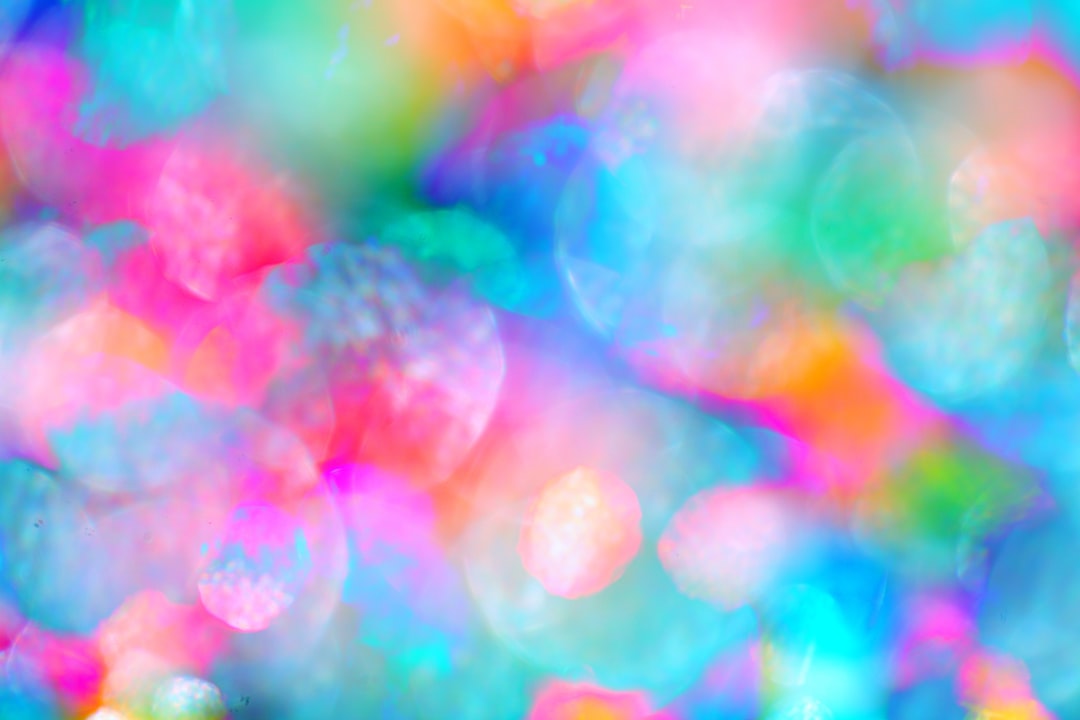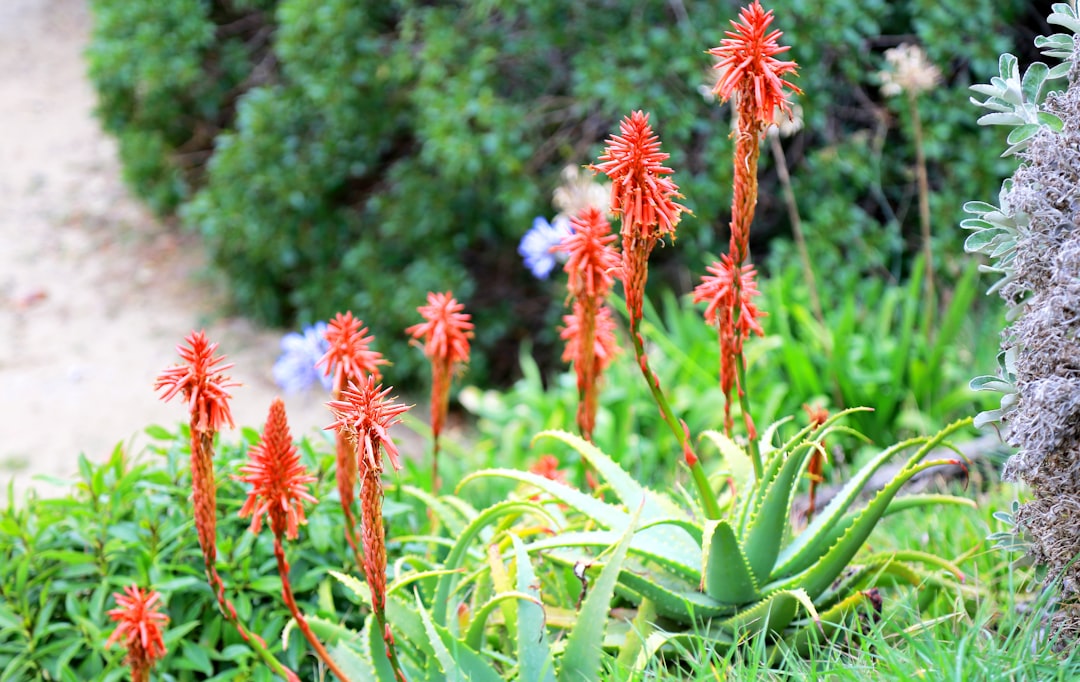Hyaluronic acid and vitamin E are two powerhouse ingredients when it comes to skincare. Hyaluronic acid is a naturally occurring substance in the body that helps to maintain moisture levels in the skin. It has the incredible ability to hold up to 1000 times its weight in water, making it a highly effective hydrating agent. When applied topically, hyaluronic acid can help to plump and hydrate the skin, reducing the appearance of fine lines and wrinkles.
Vitamin E, on the other hand, is a powerful antioxidant that helps to protect the skin from free radical damage caused by environmental stressors such as UV rays and pollution. It also has moisturising and healing properties, making it an excellent ingredient for nourishing and repairing the skin. When used in conjunction with hyaluronic acid, vitamin E can help to enhance the hydrating and anti-aging effects, leaving the skin looking and feeling healthy and radiant.
Summary
- Hyaluronic acid and vitamin E can help improve skin hydration and elasticity, and reduce the appearance of fine lines and wrinkles.
- Replenishing your skin’s moisture is essential for maintaining a healthy and youthful complexion, and can help prevent dryness, flakiness, and irritation.
- Commercial skincare products may contain potential risks and side effects such as allergic reactions, skin irritation, and exposure to harmful chemicals.
- Making your own hyaluronic acid and vitamin E cream at home is a cost-effective and natural alternative to commercial products, and allows you to control the ingredients used.
- Incorporate the DIY cream into your skincare routine by applying it to clean, damp skin and following with a moisturiser or sunscreen for added protection.
- Consider other natural ingredients such as aloe vera, coconut oil, and shea butter for hydrating and nourishing your skin, and to further enhance the benefits of your DIY cream.
- Embrace a natural and sustainable approach to skincare by being mindful of the ingredients in your products, and opting for homemade or eco-friendly alternatives where possible.
The importance of replenishing your skin’s moisture
Maintaining adequate moisture levels in the skin is crucial for overall skin health. When the skin is dehydrated, it can become dry, flaky, and dull, and may be more prone to developing fine lines and wrinkles. Dehydrated skin can also exacerbate conditions such as eczema and acne, leading to irritation and inflammation. By replenishing the skin’s moisture levels, you can help to improve its overall appearance and texture, as well as enhance its natural protective barrier.
In addition to using hydrating ingredients such as hyaluronic acid and vitamin E, it’s important to also drink plenty of water and use a humidifier in dry environments to help maintain optimal hydration levels in the skin. Avoiding long, hot showers and harsh soaps can also help to prevent moisture loss. By incorporating these practices into your skincare routine, you can help to keep your skin looking and feeling healthy and hydrated.
The potential risks and side effects of commercial skincare products
While commercial skincare products can be effective at addressing specific skin concerns, they often contain a variety of synthetic ingredients that may pose risks and side effects. Many skincare products contain harsh chemicals, fragrances, and preservatives that can cause irritation, allergic reactions, and even disrupt the natural balance of the skin. Additionally, some commercial skincare products may contain potentially harmful ingredients such as parabens, phthalates, and sulfates, which have been linked to adverse health effects.
Furthermore, the production and disposal of commercial skincare products can have a negative impact on the environment. Many skincare products are packaged in non-recyclable materials, contributing to plastic waste and pollution. By being mindful of the potential risks and side effects of commercial skincare products, you can make more informed choices about the products you use on your skin.
How to make your own hyaluronic acid and vitamin E cream at home
Making your own hyaluronic acid and vitamin E cream at home is a simple and cost-effective way to ensure that you are using safe and natural ingredients on your skin. To make your own cream, you will need high-quality hyaluronic acid powder, vitamin E oil, aloe vera gel, distilled water, and a natural preservative such as grapefruit seed extract. Begin by mixing the hyaluronic acid powder with distilled water according to the instructions on the packaging. Once the hyaluronic acid has fully dissolved, add the vitamin E oil and aloe vera gel, stirring until well combined. Finally, add a few drops of grapefruit seed extract to preserve the cream, then transfer it to a clean, airtight container for storage.
By making your own hyaluronic acid and vitamin E cream at home, you can customise the ingredients to suit your specific skincare needs, ensuring that you are using only the purest and most effective ingredients on your skin.
Tips for incorporating the DIY cream into your skincare routine
Once you have made your own hyaluronic acid and vitamin E cream at home, there are several ways to incorporate it into your skincare routine for maximum benefit. After cleansing your face, apply a small amount of the cream to your skin using gentle, upward strokes. Allow the cream to fully absorb before applying any additional skincare products or makeup. You can also use the cream as a nourishing overnight treatment by applying a thicker layer to your skin before bed.
For an extra boost of hydration, consider mixing a few drops of the cream with your favourite moisturiser or serum. This can help to enhance the hydrating effects of your existing skincare products, leaving your skin feeling soft, smooth, and supple. By incorporating the DIY cream into your daily skincare routine, you can help to maintain optimal moisture levels in your skin and promote a healthy, radiant complexion.
Other natural ingredients to consider for hydrating and nourishing your skin
In addition to hyaluronic acid and vitamin E, there are several other natural ingredients that can help to hydrate and nourish the skin. For example, jojoba oil is a lightweight yet deeply moisturising oil that closely resembles the skin’s natural sebum, making it an excellent choice for all skin types. Rosehip oil is rich in essential fatty acids and antioxidants that can help to repair and regenerate the skin, while shea butter is a luxurious emollient that can soften and soothe dry, rough skin.
Aloe vera gel is another fantastic ingredient for hydrating and soothing the skin, thanks to its high water content and anti-inflammatory properties. Green tea extract is packed with polyphenols that can help to protect the skin from environmental damage and reduce inflammation, while honey is a natural humectant that can draw moisture into the skin. By incorporating these natural ingredients into your skincare routine, you can help to keep your skin looking and feeling healthy and hydrated.
Embracing a natural and sustainable approach to skincare
In conclusion, hyaluronic acid and vitamin E are two powerful ingredients that can help to hydrate and nourish the skin, promoting a healthy and radiant complexion. By making your own hyaluronic acid and vitamin E cream at home, you can ensure that you are using safe and natural ingredients on your skin while customising the formula to suit your specific skincare needs. In addition to using DIY skincare products, it’s important to also consider other natural ingredients that can help to hydrate and nourish the skin, such as jojoba oil, rosehip oil, aloe vera gel, and green tea extract.
By embracing a natural and sustainable approach to skincare, you can not only improve the health and appearance of your skin but also reduce your environmental impact. Making informed choices about the products you use on your skin and being mindful of their potential risks and side effects can help you to achieve a healthy and radiant complexion while supporting a more sustainable beauty industry.
Discover the secrets to youthful skin with our article on “Anti-Aging Secrets: Best Practices for Youthful Skin.” Learn about the best practices and products to maintain a youthful appearance as you age. From skincare routines to lifestyle habits, this article provides valuable insights for achieving and maintaining youthful skin. Read more
FAQs
What is hyaluronic acid?
Hyaluronic acid is a substance that is naturally present in the human body. It is found in high concentrations in the skin, connective tissues, and eyes. Hyaluronic acid is known for its ability to retain moisture, making it a popular ingredient in skincare products.
What are the benefits of hyaluronic acid for the skin?
Hyaluronic acid has the ability to hold up to 1000 times its weight in water, making it an excellent moisturizer for the skin. It helps to hydrate and plump the skin, reducing the appearance of fine lines and wrinkles. Additionally, hyaluronic acid has anti-inflammatory and antioxidant properties, making it beneficial for all skin types.
What is vitamin E?
Vitamin E is a fat-soluble antioxidant that is essential for maintaining healthy skin. It is known for its ability to protect the skin from damage caused by free radicals, UV radiation, and pollution. Vitamin E also has moisturizing and healing properties, making it a popular ingredient in skincare products.
What are the benefits of vitamin E for the skin?
Vitamin E helps to nourish and protect the skin, making it look healthier and more youthful. It can help to reduce the appearance of scars, stretch marks, and wrinkles. Vitamin E also has anti-inflammatory properties, making it beneficial for soothing and calming irritated skin.
How can I make a DIY hyaluronic acid and vitamin E cream?
To make a DIY hyaluronic acid and vitamin E cream, you will need hyaluronic acid powder, vitamin E oil, aloe vera gel, and distilled water. Mix the ingredients together in the correct proportions, and store the cream in a clean, airtight container. Be sure to follow a trusted recipe and practice proper hygiene when making skincare products at home.
Is it safe to use DIY skincare products?
When making DIY skincare products, it is important to use high-quality, safe ingredients and follow trusted recipes. Be aware of any allergies or sensitivities you may have to certain ingredients, and perform a patch test before using a new product on your skin. If you have any concerns, it is best to consult with a dermatologist or skincare professional.




